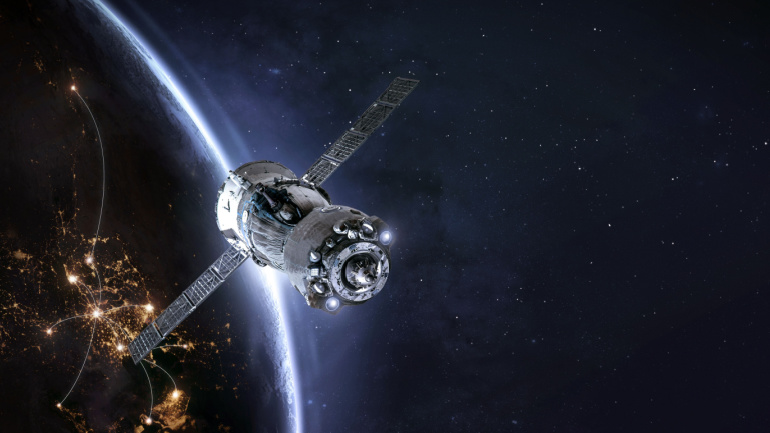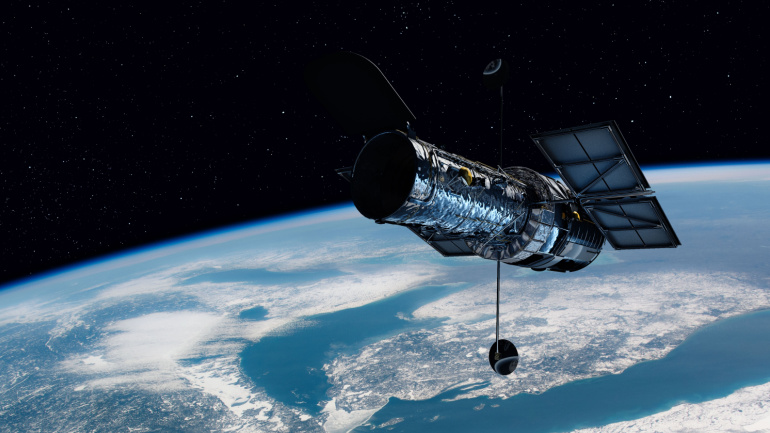SpaceX has hit a roadblock in its ambitious plan to connect consumer devices directly to its next-generation Starlink satellites, as the FCC rejected its request to utilize the 1.6 GHz, 2 GHz, and 2.4 GHz bands. The regulatory agency has halted SpaceX’s bid citing their current policy on limiting new entrants to these bands.
The telecommunications sector leaps forward as KDDI and SpaceX bring a game-changing satellite-to-cellular service, intertwining mobile and satellite technologies. Leveraging SpaceX’s Starlink low-earth orbit satellites and KDDI’s national wireless spectrum, the partnership aims to expand urban connectivity into rural areas. While the innovation promises swift deployment and extensive coverage, it also poses challenges, including the need for costly, satellite-enabled handsets.
In a significant development for remote connectivity, Telstra, the Australian telecom giant, has initiated the transition of its remote mobile sites to the low Earth orbit (LEO) satellite network provided by Eutelsat OneWeb. This move marks a departure from the traditional geostationary (GEO) satellites, aimed at reducing latency issues and meeting the growing demand for real-time services among customers.
China finished building the first launchpad at its Wenchang spaceport for the Long March 8 rocket. OmniOn Power’s Intelligent Distribution Bay addresses the growing challenges in the telecom and data center industry by providing real-time monitoring. Infobip launched AI Hub, an advanced upgrade integrating analytics, AI, and gen AI features to facilitate seamless end-to-end conversational experiences. CallTower joined the International Trade Council, reinforcing its dedication to excellence in Cloud Communications. The US government granted $50 million to Dish for the Open RAN Center for Integration & Deployment (ORCID), aimed at enhancing the global Open RAN ecosystem.
OneWeb, a Eutelsat entity, gained India’s coveted regulatory endorsement to usher in its satellite broadband service, evoking enthusiastic response from Eutelsat’s co-chair, Sunil Bharti Mittal. This development signifies a new era for India’s internet coverage in line with the Prime Minister’s digital vision. However, a crucial spectrum allocation by the government awaits, making OneWeb’s journey not entirely smooth sailing. An array of procedural and regulatory hurdles demands navigation, alongside competing market perspectives delaying the process.
Voice of Eutelsat’s CEO Eva Berneke for satellite connectivity competition crystalizes among customers’ cry for variety. Merging with UK’s low-Earth orbit firm, OneWeb, has catalyzed Eutelsat’s evolution as a fusion of GEO and LEO capabilities. This major leap signifies a stride in service offerings, blending Eutelsat’s superior GEO satellites with OneWeb’s timely LEO constellation, aiming for a global reach by year-end.
In a groundbreaking revelation, Telus, Canada’s foremost operator, announced the successful two-way communication between smartphones and IoT devices, using Echostar T1, a geostationary Earth orbit satellite. Partnering with TerreStar and Skylo, Telus accomplished this feat using a specially-designed connectivity platform, highlighting the potential for remarkable connectivity throughout Canada, even in remote areas. As this technology differs significantly from regular D2D communication, Telus’s breakthrough is set to redefine the future of connectivity in previously unreachable corners of the country.
Reliance Jio’s introduction of JioSpaceFiber, a satellite broadband service, has rocked the telecom landscape. Offering gigabit speed connectivity even in remote Indian locations, this innovation brings affordable online engagement to all. Leveraging SES’ medium Earth orbit satellites, the joint venture holds the potential to transform India’s digital reach. Yet, this ambition is not without competition.
SpaceX’s Starlink is paving the way for direct-to-mobile services, thanks to a progressive partnership with T-Mobile. Going beyond termianls, the ambitious endeavor could allow unmodified smartphones to directly connect with satellites. Beginning with text messaging in 2024, comprehensive voice and data services are slated to follow in 2025. However, AT&T and the Rural Wireless Association express concerns about possible interference with commercial networks, prompting fierce debate over the fine lines of regulatory procedures.
Amazon’s Project Kuiper, which birthed two prototype satellites aimed to test potential satellite broadband service, operates similarly to Space-X’s Starlink and OneWeb. The venture is set to increase internet connectivity in remote areas using an extensive satellite constellation. Still, the delay in launching has welcomed accumulating competition. Rabid advancements by competitors including satellite direct-to-device technology pioneers and those concentrating on 5G NTN IoT services could tilt the scales. Would adopting the 5G NTN-compatible network give Project Kuiper a competitive edge? Or will the ongoing innovations by industry leaders overshadow it? However, underlying operational challenges and time constraints might hamper Amazon from contemplating a substantial shift in direction.













